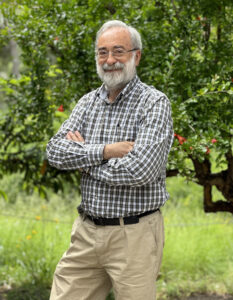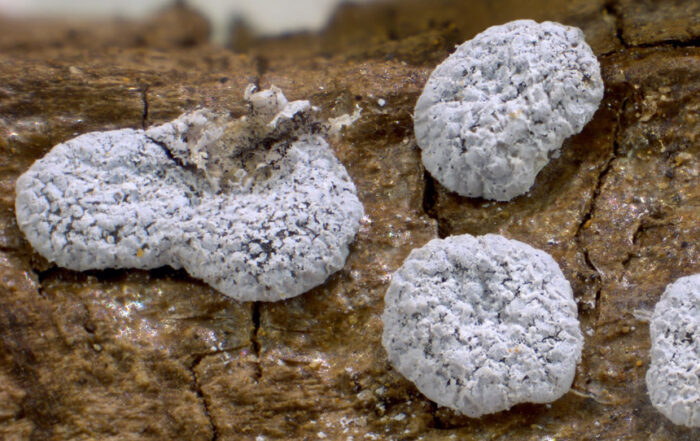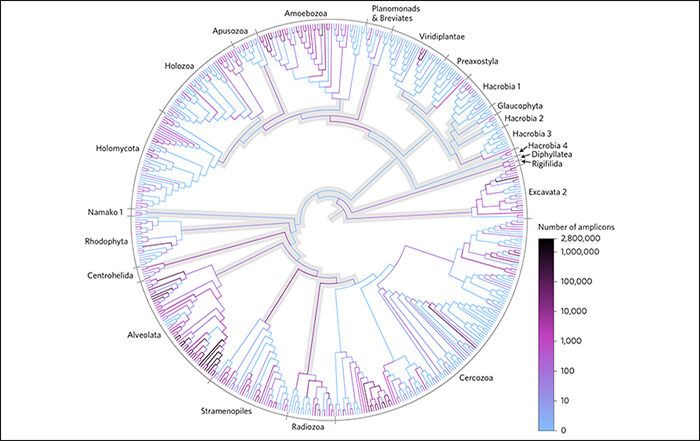
June 27, 2023: When Dr. Carlos Lado began working at the Real Jardín Botánico as a researcher in 1986, he had no idea that he had just begun what would become a very long (and productive) love story for myxomycetes.
In 2003, Dr. Lado founded the Myxotropic Project, which has allowed the identification and description of numerous species of myxomycetes (lately, also arcellinids) from the Neotropics. His many collection trips to this area, but also through Europe and tropical Africa, have provided unprecedented insights into their taxonomy, distribution and ecological role. Moreover, Dr. Lado has been in charge of maintaining and updating the most comprehensive database on Myxomycetes nomenclature, and has supervised dozens of students.
Now, he has just officially retired from his job, so we hope that he finds some time to chill out and devote to his family. However, we known that Carlos has so much energy for things he is passionate about (myxomycetes, researching, traveling…), and we are sure that he still has many plans and ideas for the Myxomytropic Project.
We all will miss you, Carlos, but we can only say CONGRATULATIONS!!!!!
Thank you for steering the ship so well for so many years. Enjoy your well-deserved retirement.
More News
What a welcoming month!
December 1, 2021: This month we are very glad to welcome Giulia Magri Ribeiro, a predoctoral student from the [...]
Members of the Myxotropic project describe a misidentified nivicolous species: the importance of combining morphological and molecular data.
December 1, 2021: A new nivicolous myxomycete species, Didymium pseudonivicola, has just been described as result of a comprehensive [...]
Successful first edition of “Protist eDNA – Bio-informatics workshop”.
November 30, 2021: More than 170 people from 25 countries participated in the first edition of “Protist eDNA – Bio-informatics [...]
Fresh from the oven! New records of three rarities from the highest summits of the Tropical Andes.
October 14, 2021: The tropical Andes are likely the richest of the world's tropical regions when referring to Myxomycetes. Despite [...]




